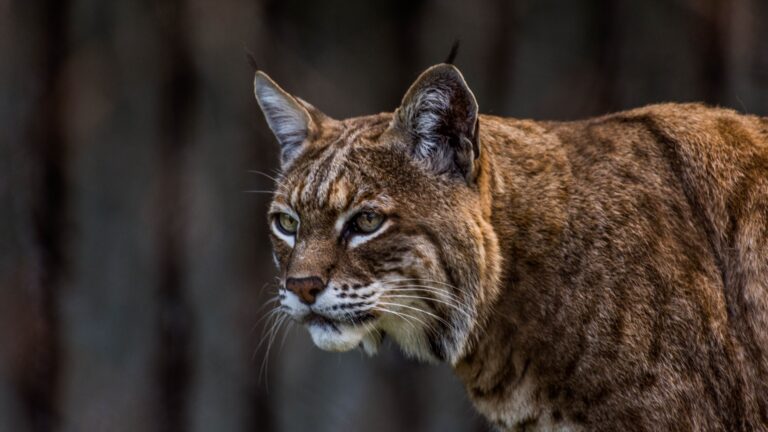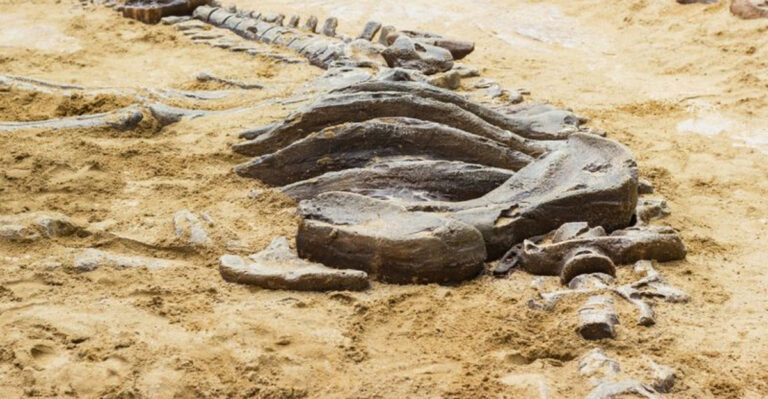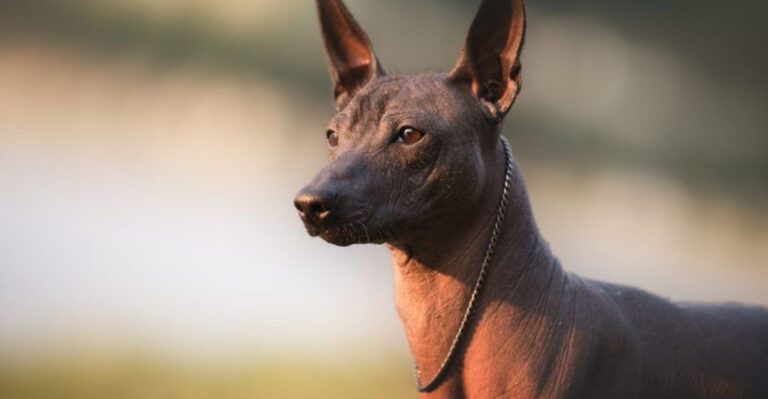13 Aggressive Invasive Species Discovered In The Colorado Waterway
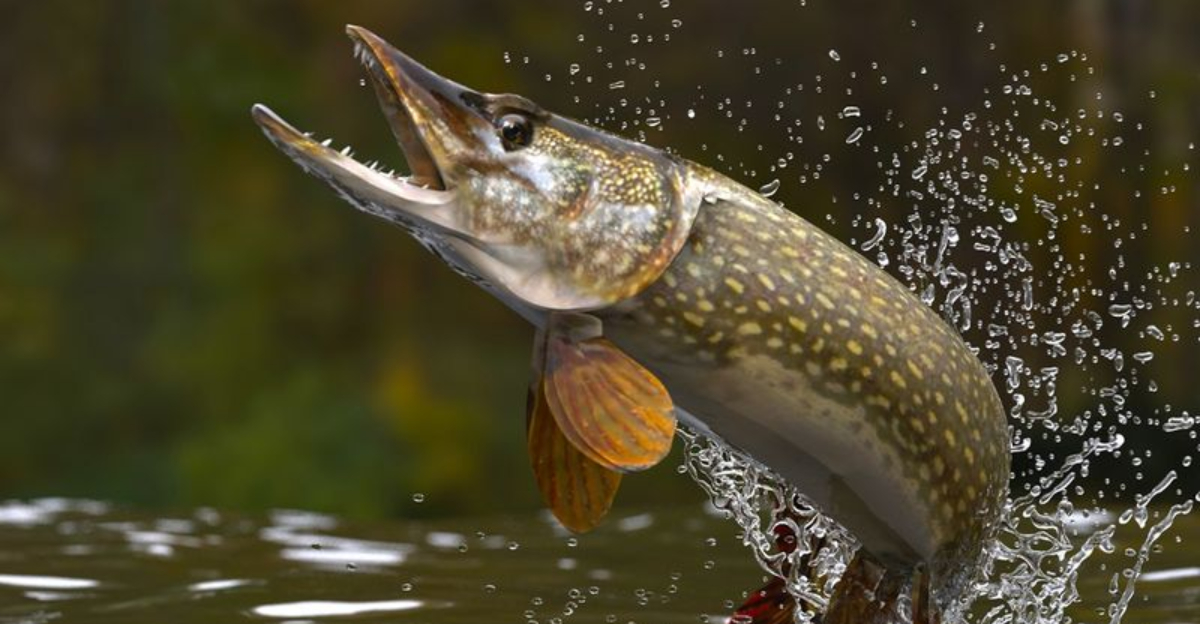
Colorado’s pristine rivers and lakes face a growing threat from non-native creatures that wreak havoc on local ecosystems.
These unwelcome visitors outcompete native species, destroy habitats, and cost millions in damage control each year. Recent surveys have uncovered several particularly aggressive invasive species that are changing the underwater landscape of the Centennial State’s beloved waterways.
1. Silent Destroyers: Zebra Mussels
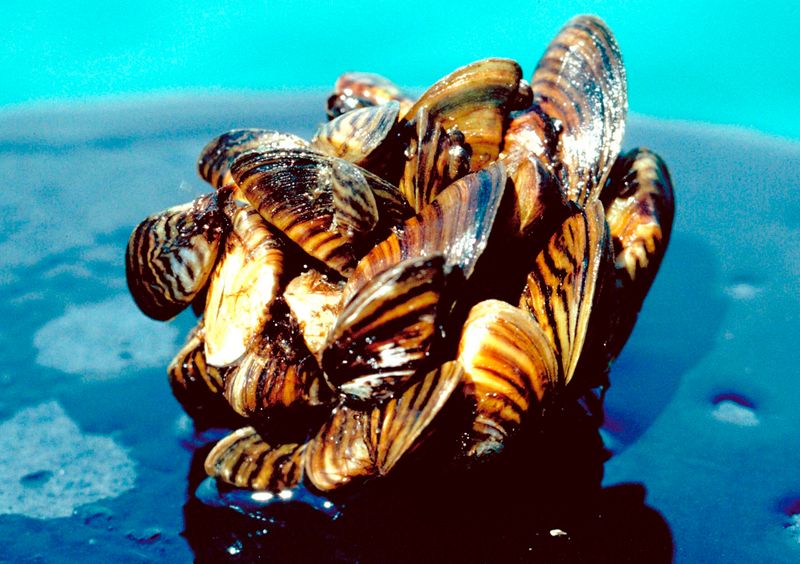
No bigger than your thumbnail but capable of causing billions in damage nationwide. These striped invaders attach to any hard surface, clogging water pipes and smothering native mussel beds.
A single female can produce up to one million eggs annually, turning clear waters murky by filtering out beneficial algae that native fish depend on. Boat inspections have become mandatory at many Colorado lakes to prevent their spread.
2. Green Menace: Eurasian Watermilfoil
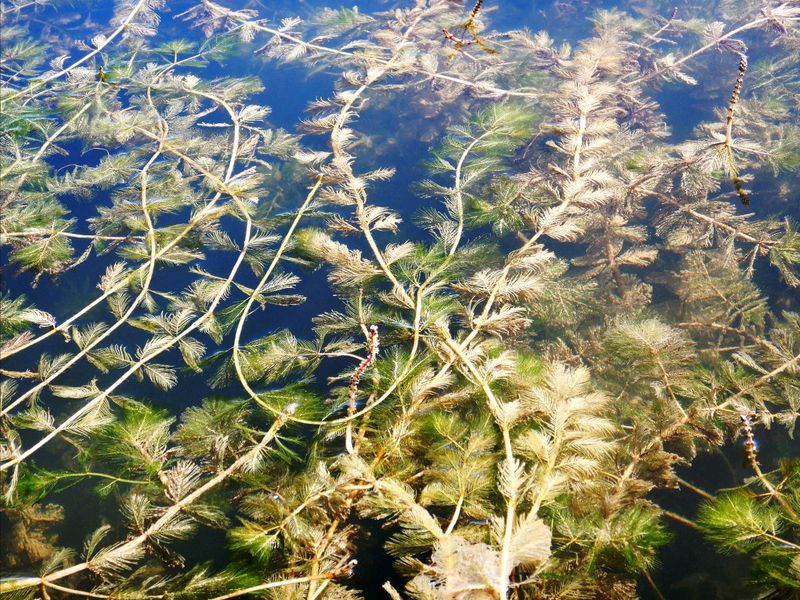
Like underwater tumbleweeds, these feathery plants form thick mats that choke out everything else. Growing up to an inch per day, they create impenetrable forests beneath the water’s surface where nothing else can thrive.
Boat propellers break off fragments that drift away and start new colonies. Even a tiny piece can regenerate into a full plant. Colorado anglers often find their favorite fishing spots transformed into green soup within a single season.
3. Tiny Terrors: New Zealand Mudsnails
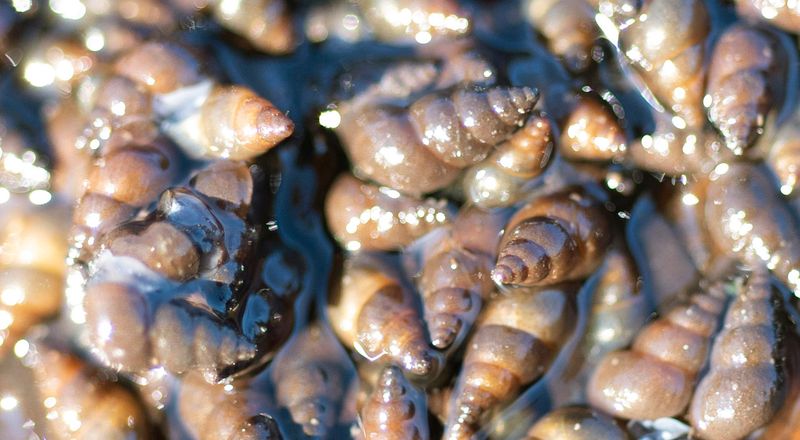
At just 1/8 inch long, these sneaky invaders hide in plain sight. They reproduce without mating, with a single snail potentially generating 40 million descendants in one year.
Dense colonies can reach 300,000 per square meter, consuming algae that native invertebrates need. Their tiny shells survive fish digestive systems intact, allowing them to colonize new areas. Often hitchhiking on fishing gear, they’re nearly impossible to spot with the naked eye.
4. Bottom Dwellers: Rusty Crayfish

Sporting distinctive rusty spots on their shells, these aggressive crustaceans bulldoze through underwater habitats. Originally from the Ohio River Basin, they outmuscle native crayfish species for food and shelter.
Their destructive feeding habits uproot aquatic plants, eliminating crucial habitat for fish and insects. Anglers who once used them as bait unknowingly spread them to new waters. Their powerful claws make them formidable opponents even against larger fish species.
5. Asian Invaders: Grass Carp
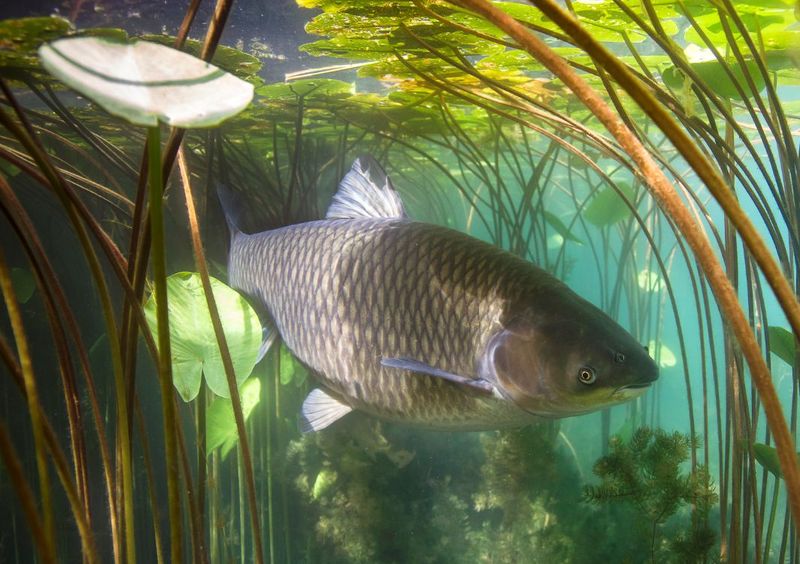
Eating machines on fins, these hefty fish can devour their body weight in vegetation daily. Originally introduced to control aquatic weeds, they quickly became part of the problem in Colorado’s waterways.
Growing up to five feet long and weighing 80 pounds, they transform diverse underwater gardens into barren wastelands. Their voracious appetite destroys breeding grounds for native fish. Once established, they’re nearly impossible to eliminate without harming the entire ecosystem.
6. Parasitic Threat: Asian Tapeworm

Invisible invaders that wreak havoc from within. These parasites infect fish intestines, stealing nutrients and causing severe health issues for many native Colorado fish species.
First detected in the state in 2018, they spread rapidly as infected fish release eggs into the water. The parasites can survive harsh conditions and jump between different fish species.
Their presence has been linked to declining populations of several native minnow species in Colorado River tributaries.
7. Microscopic Monsters: Quagga Mussels
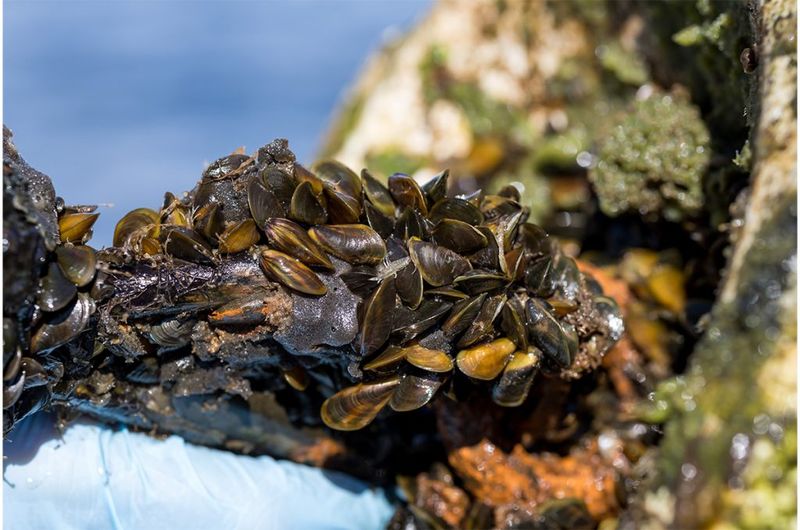
Cousins to zebra mussels with an even more troubling invasion strategy. Their microscopic larvae can float freely in water, making detection nearly impossible until infestation is severe.
Unlike zebra mussels, they colonize both hard and soft surfaces, including sandy lake bottoms. First discovered in Colorado in 2008, they’ve cost millions in management efforts. Their filter feeding removes plankton, collapsing food chains from the bottom up and clarifying water in ways that harm native species.
8. Toxic Blooms: Didymo (Rock Snot)
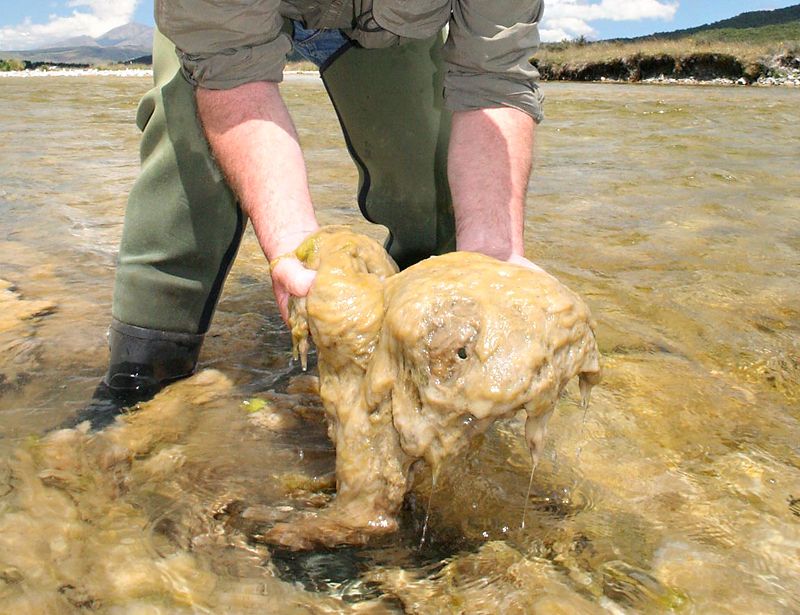
Looking like someone spilled wet toilet paper across the riverbed, this slimy algae earns its disgusting nickname. Despite its appearance, it’s actually a microscopic diatom that produces long stalks forming thick, woolly mats.
Thriving in cold, clear mountain streams – exactly what Colorado is famous for – it smothers aquatic insect habitat. Felt-soled wading boots were banned in Colorado partly because they easily transport didymo between waterways. Once established, it transforms pristine fishing spots into slippery, unsightly messes.
9. Aquatic Bullies: Yellow Perch
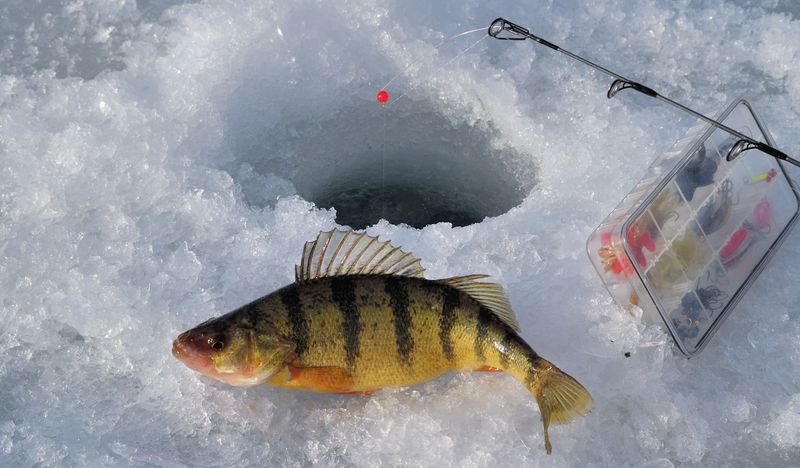
Striped in gold and green, these schooling fish might look pretty but spell trouble for Colorado’s native ecosystems. Their rapid reproduction – a single female can lay up to 40,000 eggs – leads to overcrowded waters and stunted fish.
Highly adaptable to different environments, they compete directly with native fish for food and habitat. Their presence in reservoirs like Blue Mesa has wildlife managers concerned. When introduced to new waters, they can quickly become the dominant species, disrupting carefully balanced food webs.
10. Amphibian Imposters: American Bullfrogs

Dinner plate-sized frogs with appetites to match. Native to eastern states but invasive in Colorado, these heavyweight amphibians eat practically anything they can fit in their mouths – including native frogs, fish, and even small birds.
Their booming calls now dominate wetlands where more delicate native chorus frogs once sang. Resistant to the deadly chytrid fungus that’s decimating amphibian populations worldwide, they also serve as disease carriers. Some can weigh over a pound, making them the largest frogs in North America.
11. Electrical Menace: Rusty Crayfish
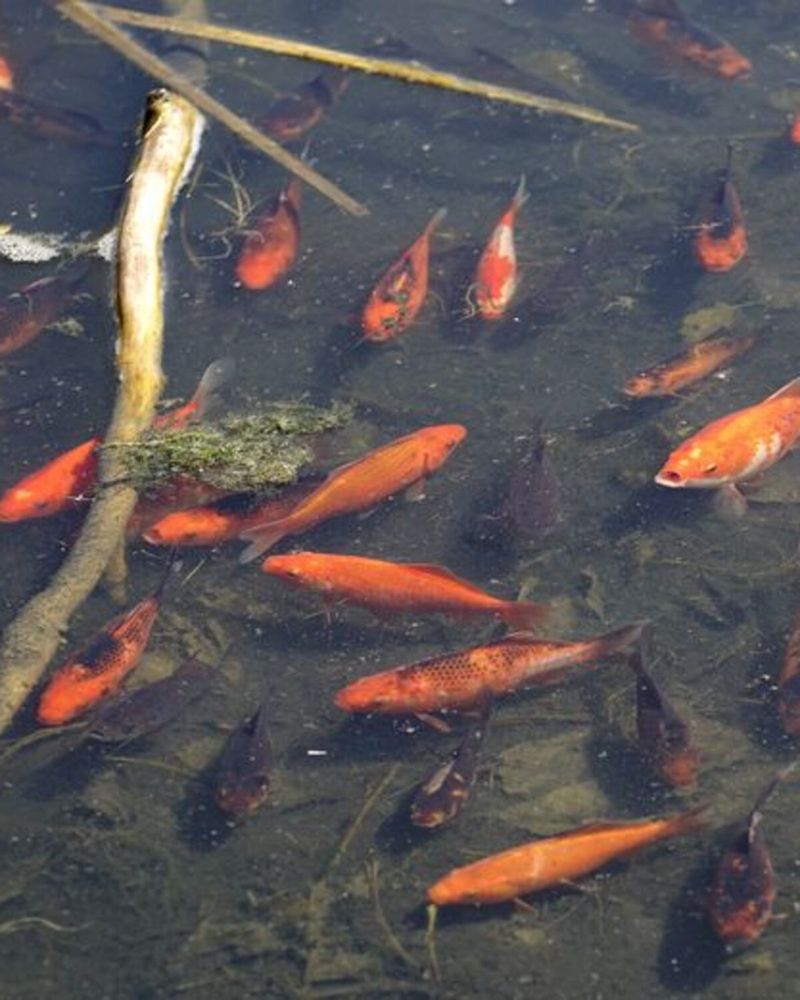
Floating through the water like underwater ghosts, these translucent invaders deliver painful shocks to predators and prey alike. Capable of generating up to 600 volts, they use electrical discharges to stun fish before feeding.
Recently discovered in isolated ponds near Colorado’s eastern border, wildlife officials fear they could spread to major waterways.
Their unique hunting strategy gives them an unfair advantage over native species. Genetic testing suggests they were likely released from home aquariums where they’re sometimes kept as exotic pets.
12. Voracious Giants: Northern Pike

With needle-sharp teeth and growing up to four feet long, these predators weren’t invited to Colorado’s party. Originally stocked for sport fishing, they’ve become ecological wrecking balls in waterways like the Upper Colorado River.
Their massive appetites threaten native fish, especially the endangered Colorado pikeminnow. Wildlife officials sometimes use electroshocking to remove them from sensitive areas. One pike can consume 20% of its body weight in a single day!
13. Creeping Threat: Chinese Mystery Snails
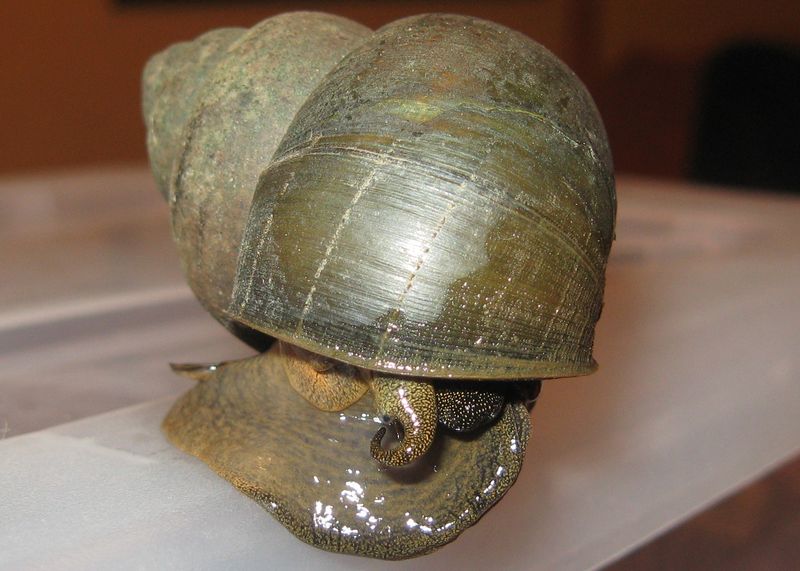
With shells the size of golf balls, these hefty mollusks are anything but mysterious about their impacts. Their thick shells protect them from native predators, allowing populations to explode unchecked in Colorado lakes.
Female snails can store sperm for years, producing multiple broods without mating again. They compete with native snails for food while potentially spreading parasites and diseases.
Often introduced through the aquarium or food trade, they’ve been found in increasing numbers around Denver’s urban waterways.

